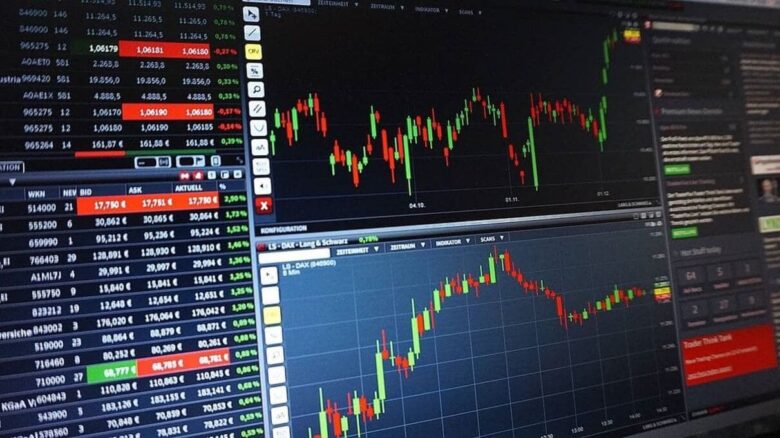In the realm of financial markets, Forex trading stands out as a dynamic and lucrative arena that attracts traders worldwide. From seasoned investors to novices seeking to capitalize on currency fluctuations, the Forex market offers ample opportunities for profit. But what exactly is Forex trading, and how does it work?
Understanding Forex Trading
Forex, short for Foreign Exchange, refers to the global marketplace where currencies are traded. Unlike traditional stock exchanges, Forex operates 24 hours a day, five days a week, enabling round-the-clock trading. The primary objective of Forex trading is to profit from the fluctuations in exchange rates between different currencies.
Forex, short for Foreign Exchange, is a multifaceted domain representing the global marketplace where currencies are bought and sold. Its significance transcends traditional stock exchanges, as Forex operates ceaselessly, 24 hours a day, across five days a week. This perpetual activity creates an environment conducive to round-the-clock trading, catering to the diverse needs and time zones of traders worldwide. At the heart of Forex trading lies a fundamental objective: to capitalize on the perpetual fluctuations in exchange rates between different currencies.
The allure of Forex trading emanates from its unparalleled liquidity and accessibility. Unlike other financial markets, the Forex market boasts an average daily trading volume exceeding $6 trillion, making it the largest and most liquid market globally. This immense liquidity ensures that traders can enter and exit positions swiftly, even during times of heightened volatility. Moreover, the decentralized nature of Forex trading eliminates the need for a physical trading floor or central exchange. Instead, transactions occur electronically over-the-counter (OTC), facilitated by a network of interconnected banks, financial institutions, brokers, and individual traders.
Mechanics of Forex Trading
At its core, Forex trading involves the simultaneous buying and selling of currency pairs. Each trade involves the exchange of one currency for another, with the expectation that the value of the purchased currency will appreciate relative to the one sold. For example, if a trader believes that the Euro will strengthen against the US Dollar, they would buy EUR/USD currency pair, anticipating a profit upon selling it at a higher rate.
Key Components of Forex Trading
1. Currency Pairs:
Forex trading revolves around currency pairs, with each pair representing the value of one currency relative to another. Major pairs such as EUR/USD, GBP/USD, and USD/JPY dominate the market, accounting for a significant portion of trading volume.
2. Leverage:
Leverage enables traders to control positions larger than their initial investment. While leverage amplifies potential profits, it also magnifies potential losses, making risk management crucial in Forex trading.
3. Market Analysis:
Successful Forex trading relies on a comprehensive analysis of market trends, economic indicators, and geopolitical events. Traders employ various analytical techniques, including technical analysis and fundamental analysis, to make informed trading decisions.
4. Trading Platforms:
Forex trading is facilitated through online trading platforms provided by brokers. These platforms offer access to real-time market data, charting tools, and execution capabilities, allowing traders to execute trades seamlessly.
How Forex Trading Works
The mechanics of Forex trading involve a network of participants, including banks, financial institutions, corporations, governments, and individual traders. Transactions occur electronically over-the-counter (OTC), with no centralized exchange governing the market. Instead, Forex trades are facilitated through an interconnected network of banks and brokers, known as the interbank market.
Conclusion
Forex trading presents a dynamic and accessible avenue for individuals to participate in global financial markets. Understanding the mechanics of Forex trading, from currency pairs to market analysis, is essential for navigating this fast-paced environment. While the potential for profit in Forex trading is substantial, it is equally important to manage risk prudently and stay informed about market developments. By mastering the fundamentals of Forex trading, individuals can unlock opportunities for financial growth and success in the world’s largest and most liquid financial market.
